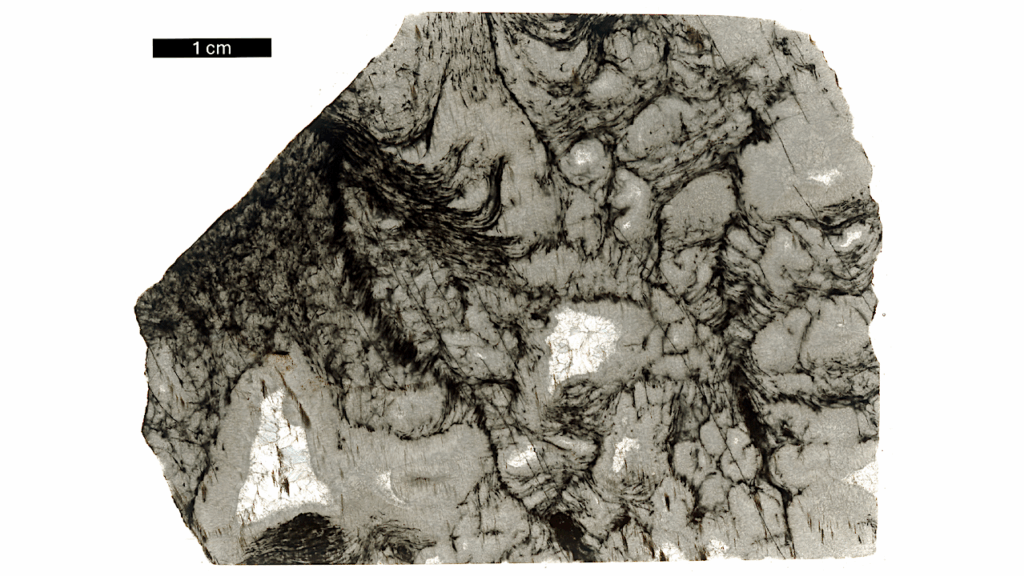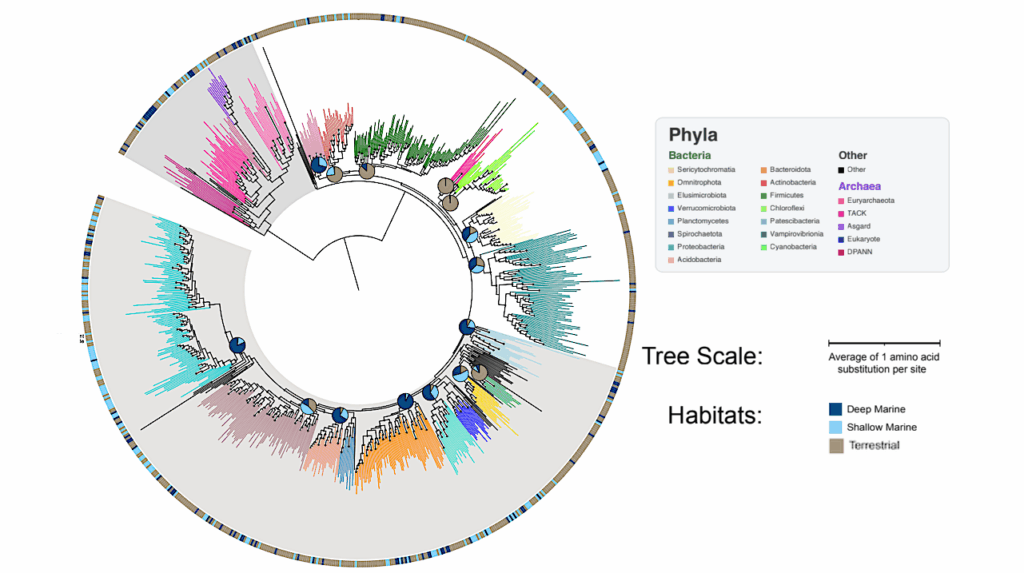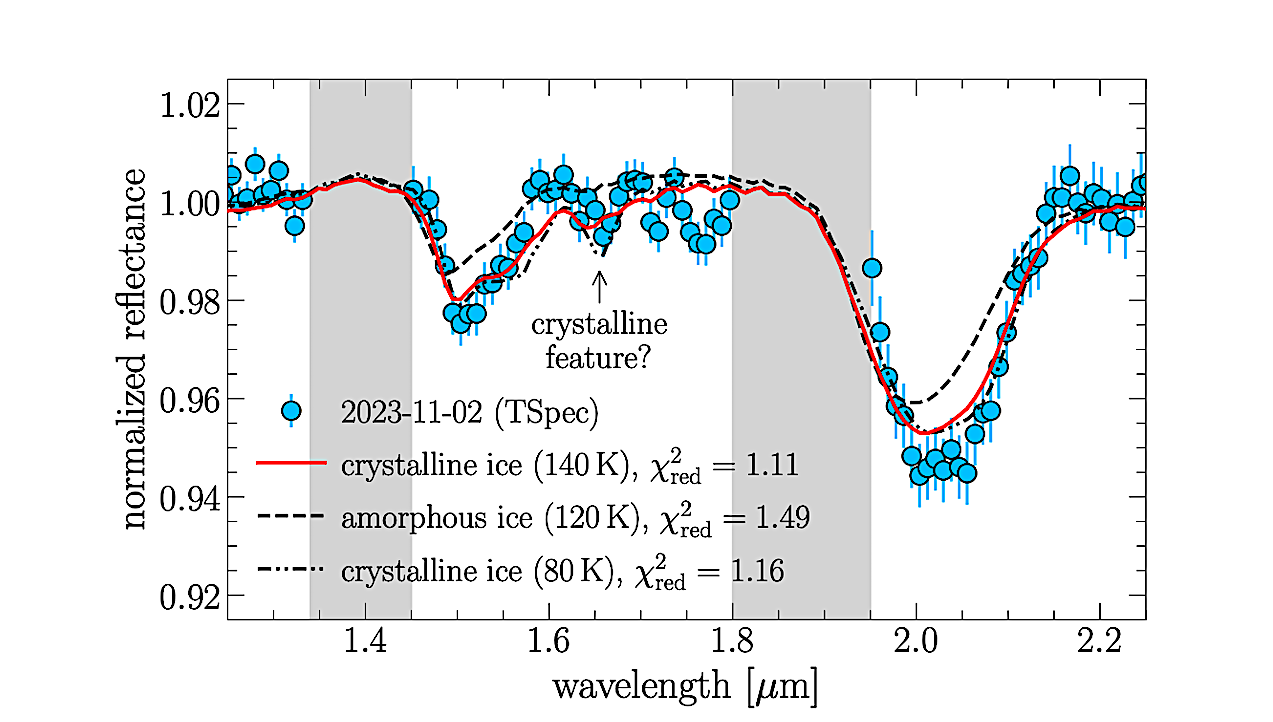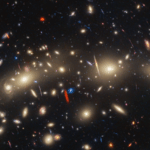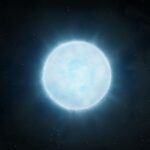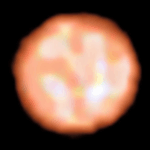Now Reading: High-resolution Ultraviolet-to-near Infrared Characterization Of Exoplanet Atmospheres
-
01
High-resolution Ultraviolet-to-near Infrared Characterization Of Exoplanet Atmospheres
High-resolution Ultraviolet-to-near Infrared Characterization Of Exoplanet Atmospheres
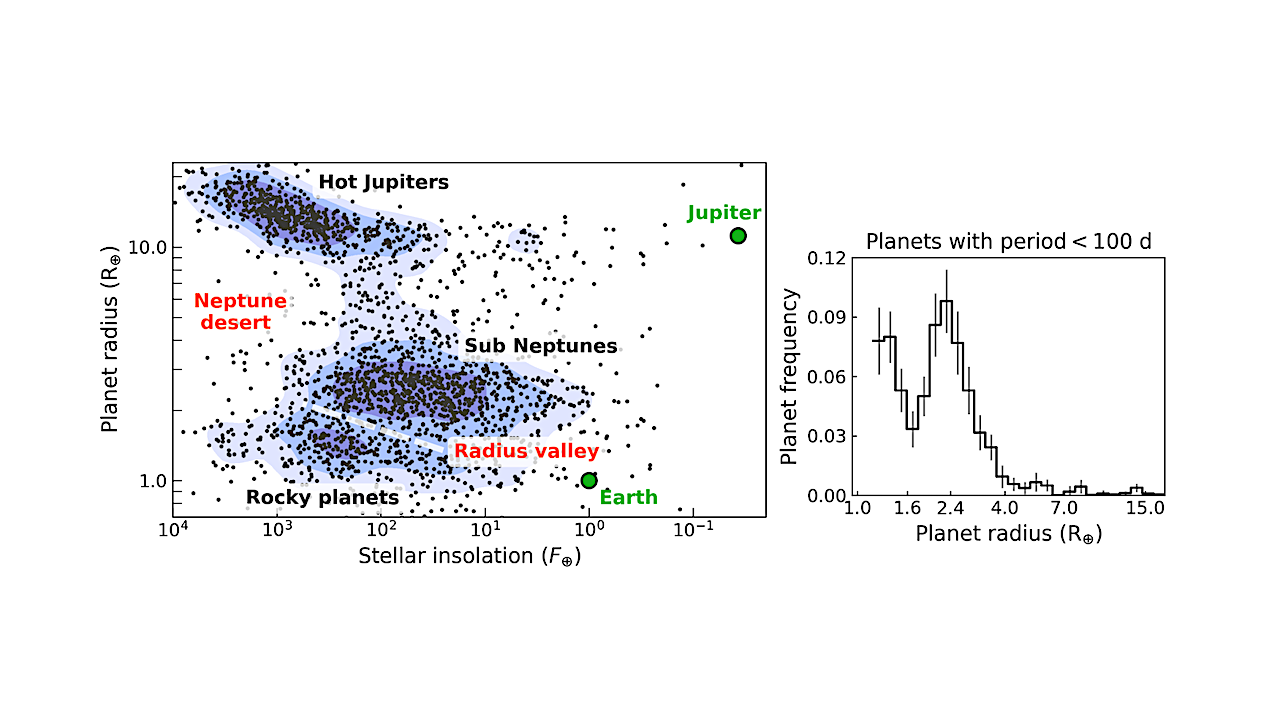
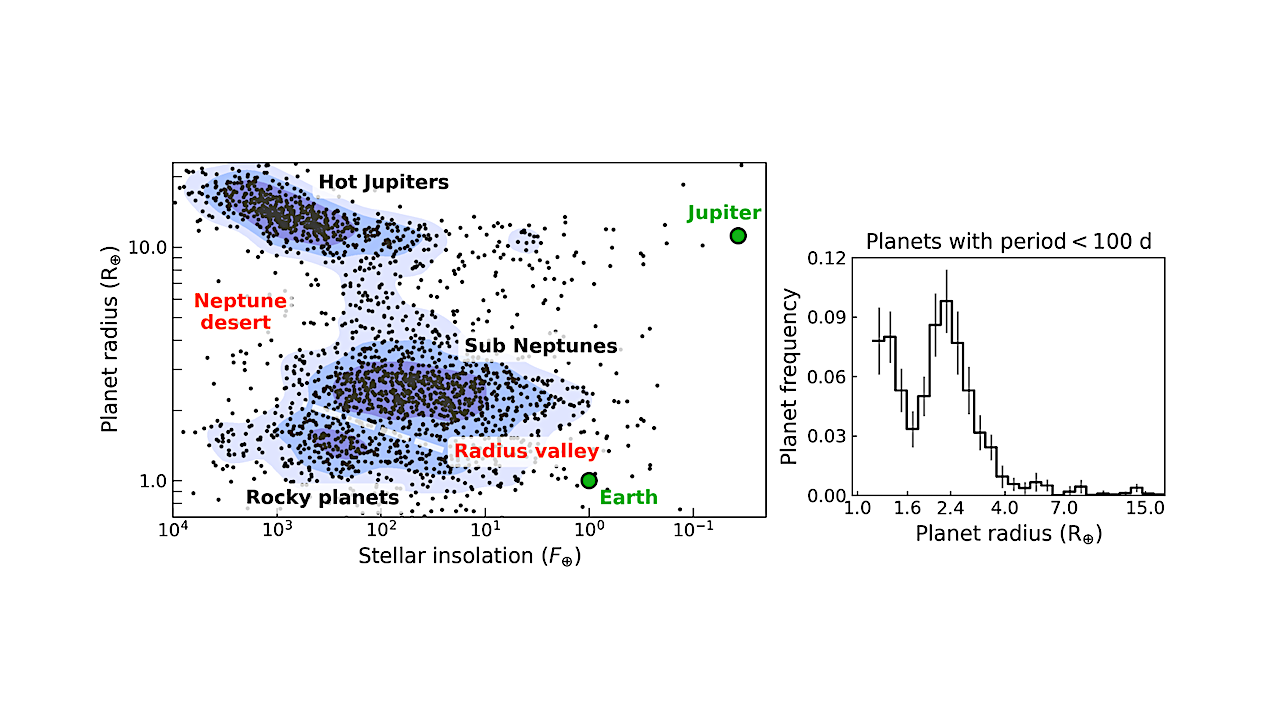
Left panel: amount of stellar flux received as a function of planetary radius for the sample of known exoplanets (black dots). F⊕ is the Earth’s incident irradiation from the Sun. The large blue dots show the position of Earth and Jupiter. The black and green labels denote the location where exoplanets are common (Jupiter, sub-Neptune, and rocky planets) and scarce (Neptune desert; radius valley, right panel), respectively. Right panel: radius valley distribution for planets in short-period orbits (Fulton et al. 2017). The structure in this distribution is believed to be the outcome of a combination of planet formation and planet evolution processes. — astro-ph.IM
The Habitable Worlds Observatory (HWO) offers a unique opportunity to revolutionize our understanding of planetary formation and evolution.
The goal of this Science Case Development Document (SCDD) is to investigate the physical and chemical processes that shape the composition and atmospheric mass loss in exoplanets.
We review the key observables currently known as diagnostics of mass loss via transit observations, i.e., absorption lines of escaping hydrogen (Lyman-alpha), helium, and metals (Fe, Mg, C, O).
We also explore the challenges to infer planetary formation processes based on atmospheric composition characterization. HWO could enable a broad, continuous coverage from far-ultraviolet to near-infrared spectroscopy (~100–1600 nm) at high resolution (R > 60, 000), which is essential to make these measurements, disentangle their planetary origin from stellar activity, and ultimately, contextualize the escape rates by simultaneously characterizing the composition, cloud predominance, and thermal structure of exoplanet atmospheres.

Schematic view of a planetary atmosphere showing the Earth’s pressure-temperature profile. The gray shaded region highlights the transition between the lower and upper atmosphere around the 10−6 bar level. The middle panel illustrates the typical radiation penetration depth across different spectral bands—from ultraviolet (UV) to optical and near-infrared (NIR)—where different molecular and atomic species can be probed. The right panel summarizes observational challenges and spectral sensitivities of key observatories. The Hubble Space Telescope (HST) enables UV and optical access but is limited by low/medium resolution and presents significant instrumental systematics. Ground-based observatories face telluric contamination and lack of continuum access but can probe optical and NIR features. The James Webb Space Telescope (JWST) offers medium resolution coverage in the near and mid infrared, sensitive to molecular and aerosol signatures, but has no access to the UV. The Habitable Worlds Observatory is envisioned to expand multiwavelength access and enhance the detection of a wide array of atmospheric species across different pressure layers. — astro-ph.IM
Patricio E. Cubillos, Matteo Brogi, Antonio García Muñoz, Luca Fossati, Sudeshna Boro Saikia, Vincent Bourrier, Jose A. Caballero, Juan Cabrera, Andrea Chiavassa, Andrzej Fludra, Leonardos Gkouvelis, John Lee Grenfell, Manuel Guedel, Alvaro Labiano, Monika Lendl, Donna Rodgers-Lee, Arnaud Salvador, Ilane Schroetter, Antoine Strugarek, Benjamin Taysum, Aline Vidotto, Thomas G. Wilson
Comments: Science Case Development Document for the Habitable Worlds Observatory. Comments and endorsements (by Aug 15, 2025) welcomed at this http [email protected] http URL
Subjects: Instrumentation and Methods for Astrophysics (astro-ph.IM); Earth and Planetary Astrophysics (astro-ph.EP)
Cite as: arXiv:2507.03060 [astro-ph.IM] (or arXiv:2507.03060v1 [astro-ph.IM] for this version)
https://doi.org/10.48550/arXiv.2507.03060
Focus to learn more
Submission history
From: Patricio Cubillos
[v1] Thu, 3 Jul 2025 16:21:38 UTC (2,853 KB)
https://arxiv.org/abs/2507.03060
Astrobiology, Astronomy,
Stay Informed With the Latest & Most Important News
Previous Post
Next Post
-
 012024 in Review: Highlights from NASA in Silicon Valley
012024 in Review: Highlights from NASA in Silicon Valley -
 02Panasonic Leica Summilux DG 15mm f/1.7 ASPH review
02Panasonic Leica Summilux DG 15mm f/1.7 ASPH review -
 03How New NASA, India Earth Satellite NISAR Will See Earth
03How New NASA, India Earth Satellite NISAR Will See Earth -
 04And Thus Begins A New Year For Life On Earth
04And Thus Begins A New Year For Life On Earth -
 05Astronomy Activation Ambassadors: A New Era
05Astronomy Activation Ambassadors: A New Era -
06SpaceX launch surge helps set new global launch record in 2024
-
 07Space Force plans new ‘Futures Command’ amid pressure to speed up modernization
07Space Force plans new ‘Futures Command’ amid pressure to speed up modernization













